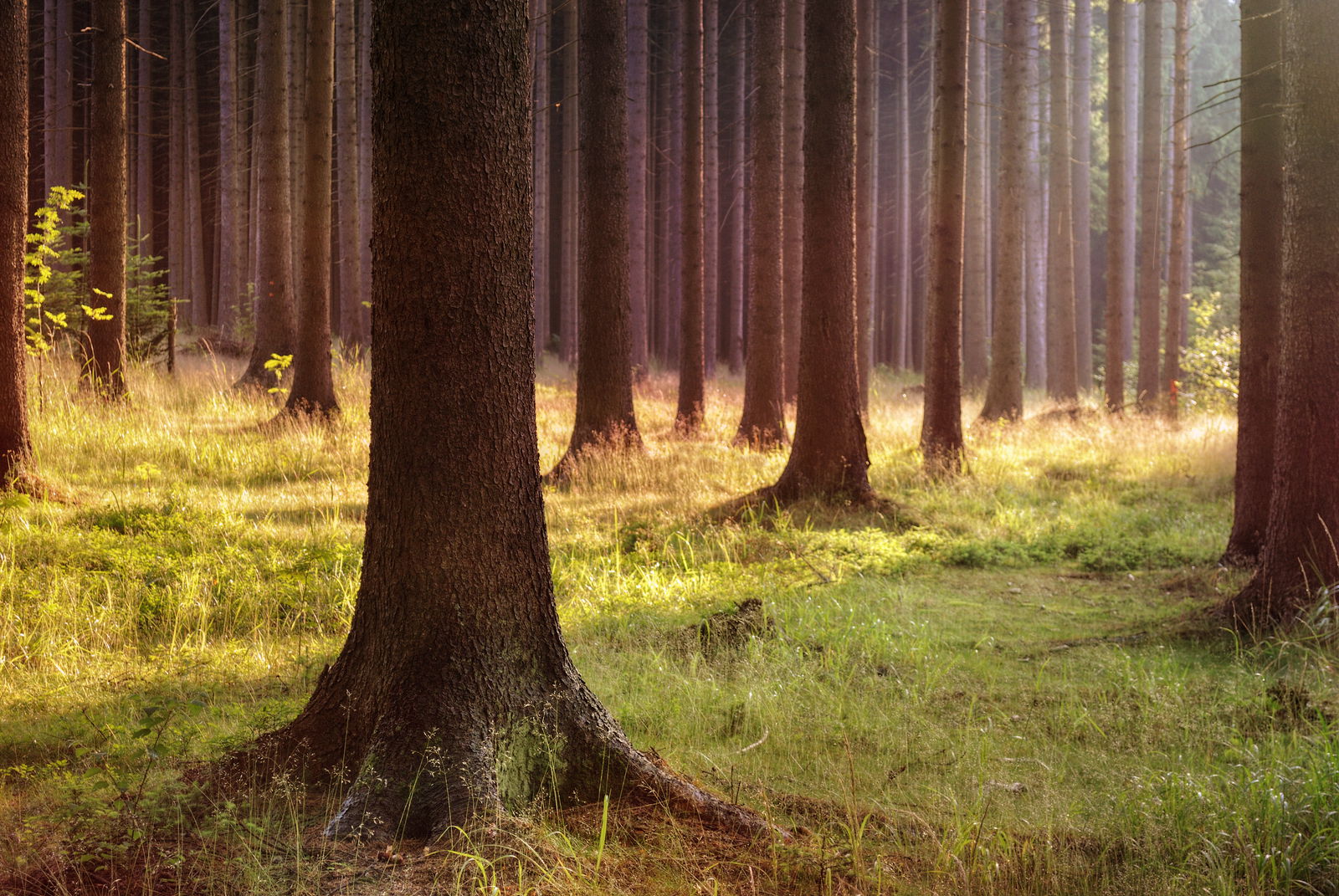
Blog
Building trust: Why tree protection matters to home buyers
13 October 2025
When people buy a home, they’re not just investing in bricks and mortar; they’re buying into a place, a lifestyle, and, often, a promise. That promise might be written into glossy brochures and planning statements, reflecting aims for sustainable design, respect for nature, and a green and welcoming neighbourhood. But buyers are becoming more informed and more engaged with what’s happening on site. And when it comes to mature trees, that gap between expectations and reality can be particularly noticeable. Trees as a trust signalOur recent survey of house buyers [link to landing page] revealed something telling: people notice when trees are damaged, removed, or simply ignored in new developments. It’s not just an aesthetic issue, it’s about trust. If a developer says they care about the environment but the first thing they do is fell or compromise established trees, that disconnect is hard to ignore. It’s not just prospective buyers who notice. Residents already living nearby are often concerned from the moment the planning application goes in, worried about the loss of established trees and hedgerows that shape the landscape and support local wildlife. Early decisions can set the tone for how a development is received by the wider community. For many buyers, mature trees signal care. They suggest that someone thought about the long term, about shade, biodiversity, character, and community. In short: they make a place feel considered, not rushed. 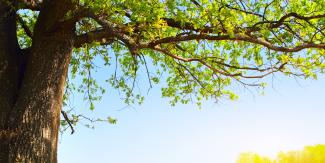
Why tree protection builds credibilityProper tree protection during construction isn’t just about avoiding fines or meeting a planning condition. It’s a way to show that a developer is genuinely thinking about the future, about the people who’ll live there and the place they’ll call home. We support developers who want to get this right. Our systems, like ProtectaWeb® ground reinforcement and nonwoven geotextile, are used beneath paths, roads and driveways to protect the sensitive root zones of existing trees. They stop roots being compacted or starved of air and water, giving trees the chance to thrive for decades to come. It’s one of those things buyers won’t necessarily see, but they’ll feel the benefit every time they walk under a healthy canopy. The real cost of cutting cornersWhen tree protection is skipped or done poorly, the damage isn’t always immediate. Trees may survive for a few years before declining, becoming unsafe or dying altogether. At that point, there’s not just an environmental loss, but a financial one too, as the cost of removal, replacement and re-landscaping adds up. More importantly, the community feels it. A shady street becomes stark. A garden with a feature tree loses its centrepiece. And trust in the development, and the developer, takes a hit. 
A smarter way to buildThere’s a growing expectation that housebuilders should not just do less harm, but actively build in ways that support the environment and community wellbeing. Tree protection is a visible, achievable and relatively low-cost way to demonstrate that commitment. When it’s done well, it tells buyers: we’ve thought about this. We’re planning for the long term. We care about the same things you do. We’re proud to help developers build that kind of trustWith the right tools and the right approach, it’s entirely possible to create homes that respect their surroundings and earn the confidence of the people who live in them. Because when it comes to buying a home, trust isn’t built overnight. But it can take root with the very first tree. Related content
The Root Cause: Download the survey results Discover what over 2,000 UK homebuyers really think about trees and greenery near their homes. 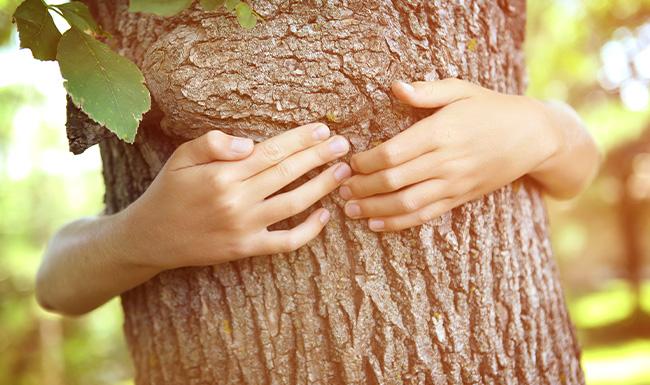
The Root Cause There are so many ways that trees play a vital role in our lives - from boosting our health and wellbeing to reducing noise pollution and cleaning our air. 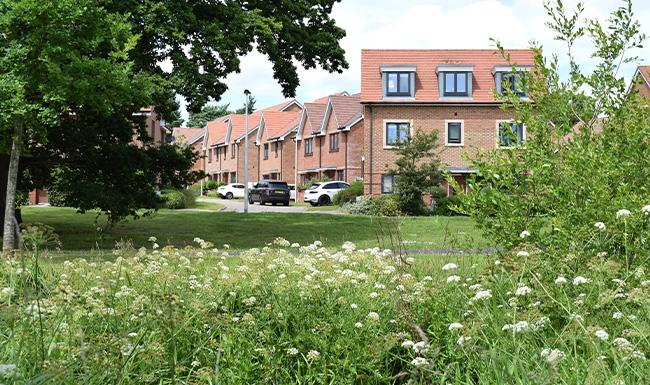
Tree root protection Avoid a concrete jungle by including flexible rooting volume and growing trees in your urban developments. 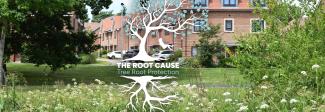
The Root CauseThrough The Root Cause, we want to start a conversation across the industry about the hidden but critical role of tree root protection. By highlighting buyer expectations alongside practical solutions, our aim is to support new build developers in creating schemes that deliver for both people and the planet. ProtectaWeb is just one part of this, but it is a vital tool for ensuring that the trees which give character, beauty and biodiversity to our communities are safeguarded for generations to come. |









